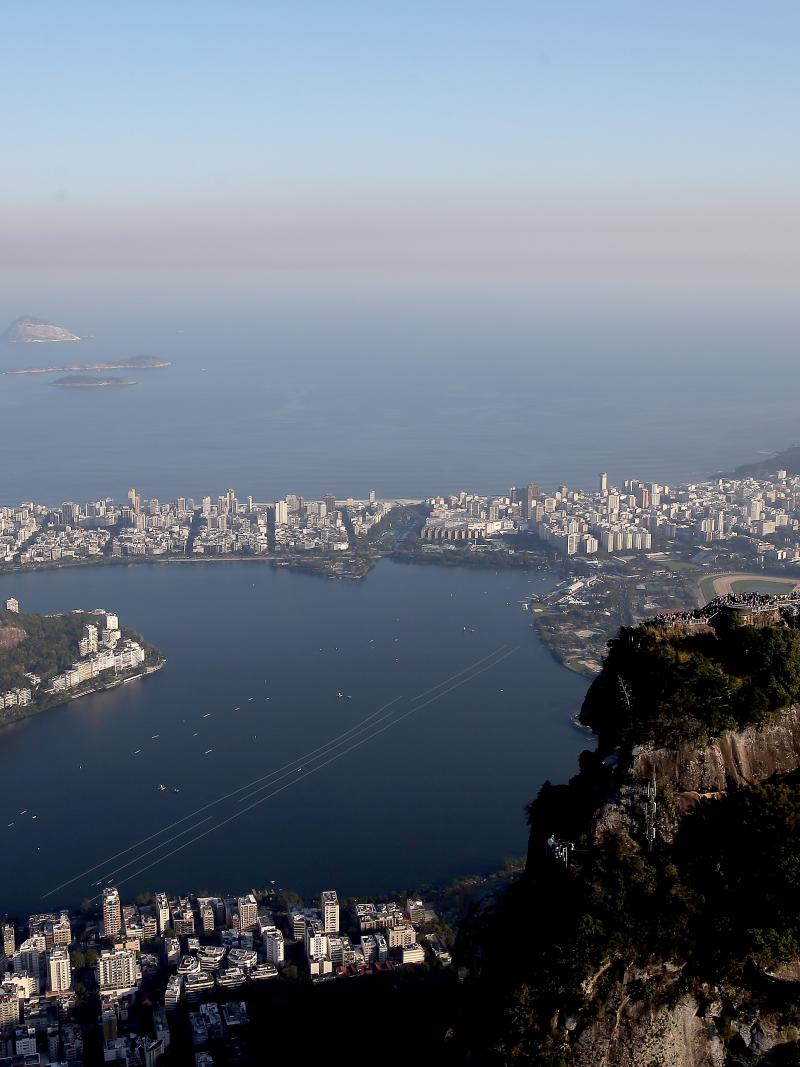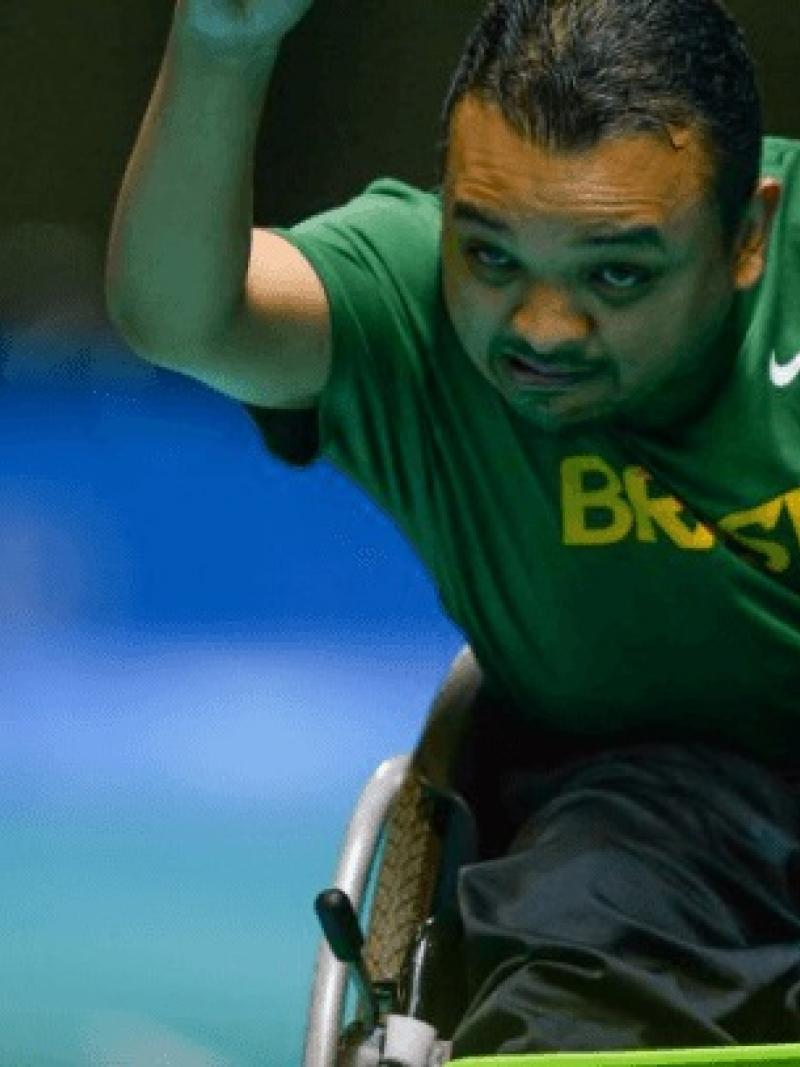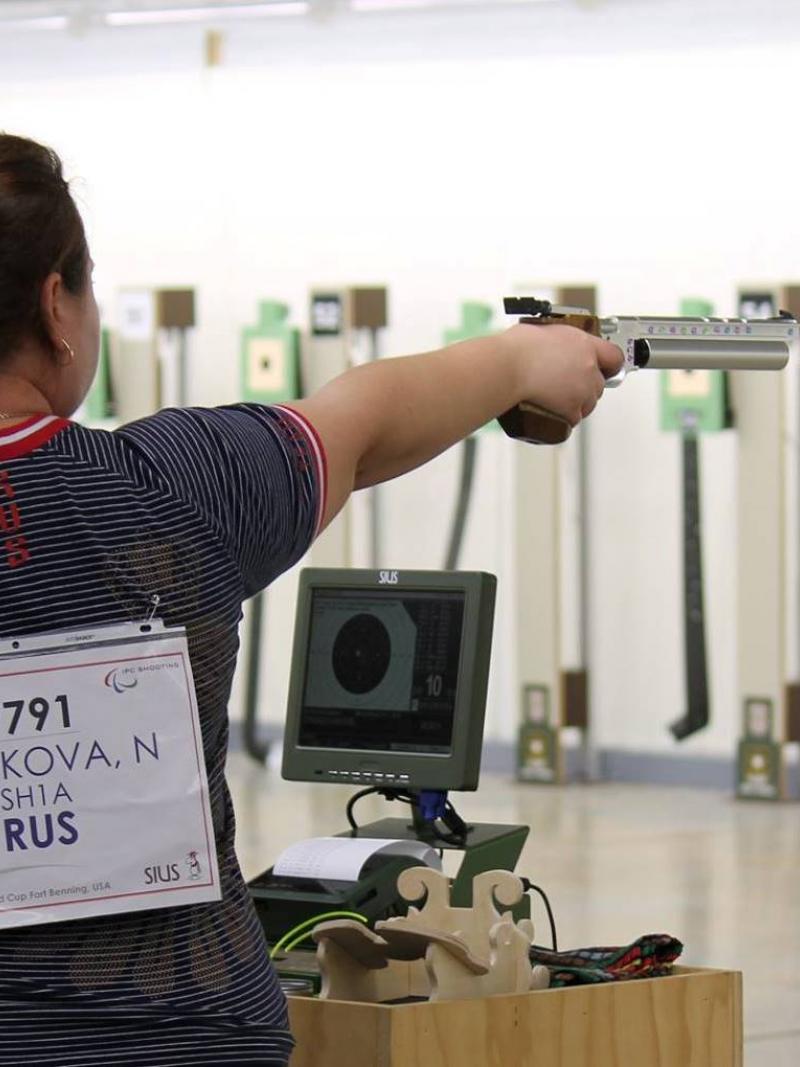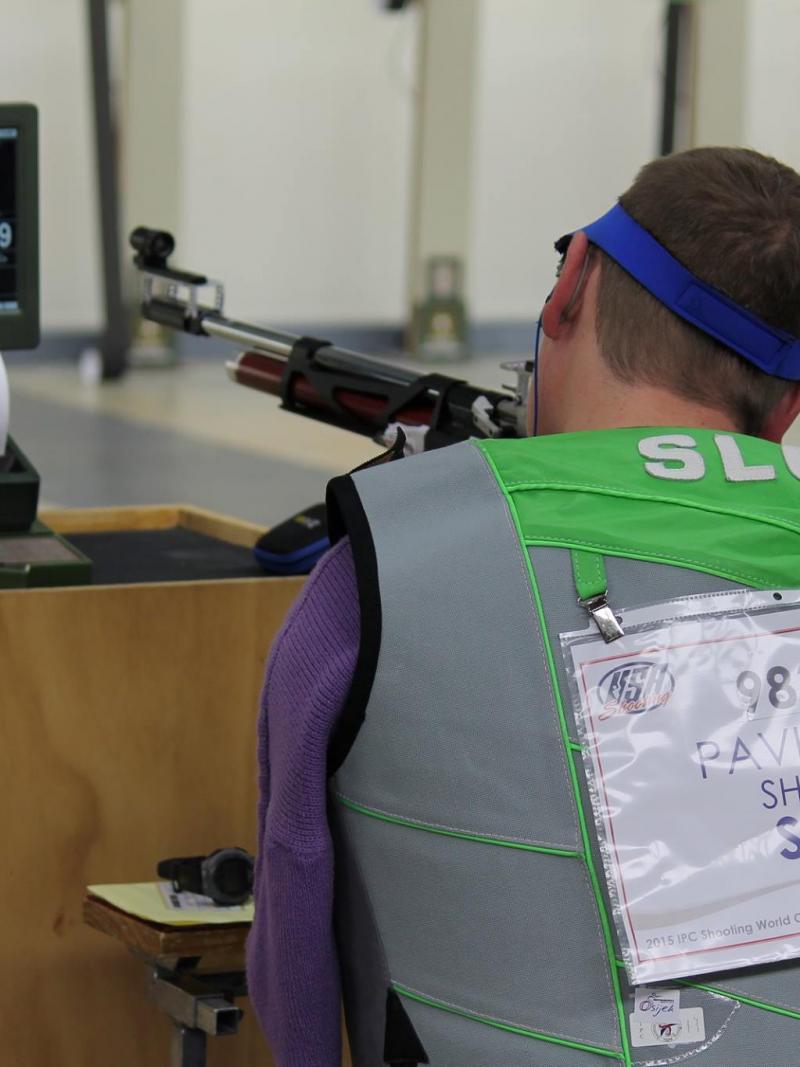Former professional dancer finds groove in para-canoe
Luis Carlos Cardoso da Silva’s former career aids him in transition to para-canoe 20 Nov 2015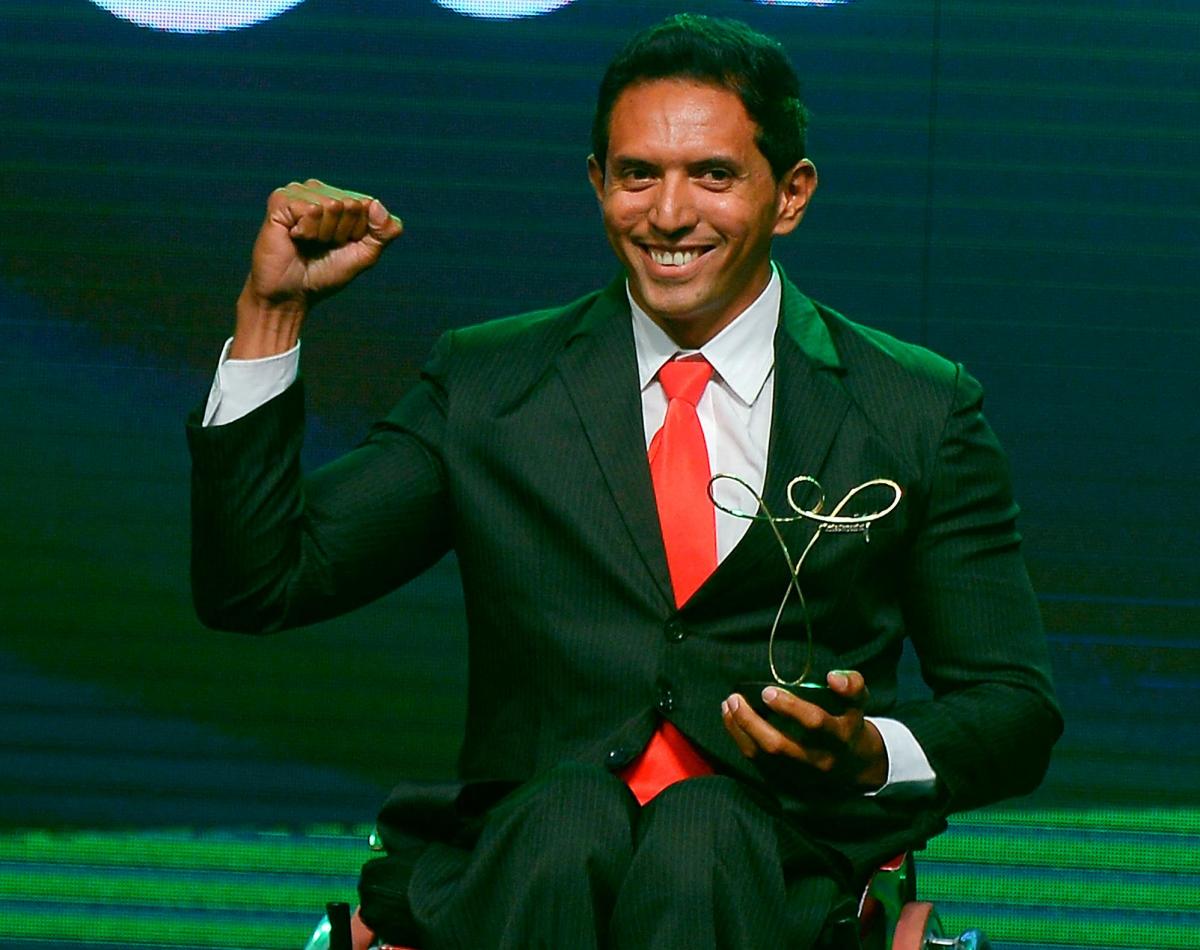
“Winning both titles in Milan meant a lot to me because it showed me that I am prepared to win the gold medal for my country at the Rio Games.”
Luis Carlos Cardoso da Silva said his former career as a professional helped him in the transition to para-canoe, which he recently won two gold medals at the 2015 International Canoe Federation (ICF) Paracanoe World Championships in August.
One of those – gold in the men’s 200m VL1 and KL1 – stood out to him the most.
“It was a big surprise for me to win both categories and I was very happy,” Cardoso said. “I have been training in the kayak intensively for six months and I let out all my joy after crossing the finish line when I got first in the KL1.”
The Brazilian’s win in the KL1 category secured him a spot for his country at the Rio 2016 Paralympics. Gold in the KL1 (kayaks) was a big accomplishment since he had been focusing more on the VL1 (Va’as, boats with a second pontoon) category. The sport will debut for the first time at the Paralympics, but only for kayaks. That news made Cardoso switch his training focus.
But that was not the first time Cardoso has had to make a sudden switch.
Prior to para-canoe, Cardoso had been a professional dancer for nine years.
“As a child I always saw the [Brazilian] Axe dancers on TV and I always wanted to do the same as them,” he said.
At 16, he left his home for Nova Olinda to pursue professional dancing. He practised various styles such as jazz, salsa and samba.
“I started to dance in a forró band, which travelled to perform in various parts of Brazil,” Cardoso said. “I loved all the styles, but my absolute favourites were the Samba and the Forró.”
But in 2009, he learned he had an infection in his bone marrow due to a parasite called schistosomiasis. On his 25 birthday, he received the news that he would never be able to walk.
Cardoso’s mother died only a few days after he received the diagnosis.
“It was the worst news of my life. One tragedy just followed another,” he said.
“I realised during my rehab, that sporting activities in the wheelchair would be a way to break the routine of going to physical therapy and going back home to watch TV.”
Cardoso first tried wheelchair basketball. Shortly after, he took up canoeing. At first, he practised both sports but eventually stuck to canoe.
“I see kayaking as a dance,” he said.
As a dancer, Cardoso spent hours repeating his choreography and watching videos of himself dancing to evaluate his performance.
“While dancing you have the choreography in your head, but there can always be something unexpected. In canoeing it is the same, the only difference is the context in which the movements are executed,” he explained.
In 2011, two years after his diagnosis, Cardoso went to his first national championships and won a silver and bronze medal. These results secured him a spot in the Brazilian national team and the possibility to compete at the Guadalajara 2011 Parapan American Games.
In 2013, he won his first KL1 World Championship title in Germany. A year later, he could not defend his title, but at this year’s World Championships in Milan, Italy, he came back stronger.
“What changed [since winning the title in 2013] was that my coach [Akos Angyal] really made a difference for me to keep me well trained,” Cardoso said.
After securing a Paralympic spot for his country, Cardoso’s next goal is to secure his name on the Brazilian team at Rio 2016. The Brazilian para-canoe trials will be held in May 2016 at the World Championships in Duisburg, Germany.
“Winning both titles in Milan meant a lot to me because it showed me that I am prepared to win the gold medal for my country at the Rio Games,” he said.

 Facebook
Facebook
 Instagram
Instagram
 Twitter
Twitter
 Youtube
Youtube
 TikTok
TikTok
 Newsletter Subscribe
Newsletter Subscribe

